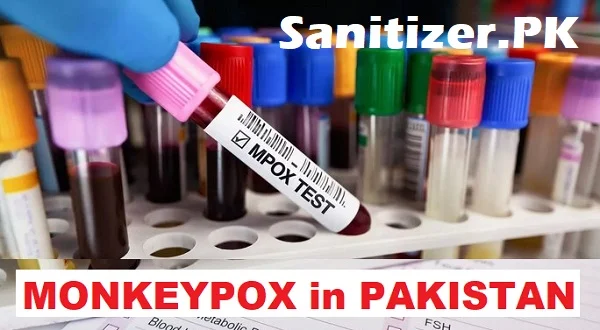Monkeypox, a viral disease related to smallpox, has an incubation period of 5 to 21 days, with symptoms typically appearing 6 to 13 days after exposure. Understanding this period is crucial for public health, vaccination strategies, and controlling transmission and spread of the virus.
Monkeypox, a viral disease that is closely related to smallpox, has garnered increased attention in recent years due to its sporadic outbreaks in various parts of the world. Understanding the incubation period of monkeypox is crucial for public health officials, healthcare providers, and individuals who may be at risk. The incubation period refers to the time between exposure to the virus and the appearance of the first symptoms. This period can vary based on a number of factors, including the mode of transmission, the viral load at the time of exposure, and the individual’s immune response.
The incubation period for monkeypox typically ranges from 5 to 21 days. However, most cases begin to show symptoms around 6 to 13 days after exposure. During this period, the virus is silently multiplying within the body without causing any visible signs of illness. This stage is critical, as individuals are not yet symptomatic, and therefore, they may unknowingly spread the virus to others if proper precautions are not taken.
In the early stages, monkeypox may be difficult to distinguish from other viral infections, as it often begins with non-specific symptoms such as fever, headache, muscle aches, and fatigue. These symptoms are similar to those of many other viral illnesses, making early diagnosis challenging. As the incubation period ends and the disease progresses, more specific symptoms such as swollen lymph nodes, followed by a rash, typically develop. The rash often starts on the face and then spreads to other parts of the body, eventually forming pustules that can become crusted and fall off.
The length of the incubation period can also be influenced by the route of transmission. Monkeypox can be transmitted through direct contact with the blood, bodily fluids, or lesions of an infected animal or person. It can also spread through respiratory droplets during prolonged face-to-face contact. The virus can be contracted by handling contaminated objects, such as bedding or clothing. The method of exposure may impact how quickly symptoms appear, although the exact mechanisms by which this occurs are still under study.
Understanding the incubation period of monkeypox is essential for implementing effective public health measures. For instance, individuals who have been exposed to the virus may be advised to monitor their health closely for at least 21 days and report any symptoms to a healthcare provider. This period of observation is crucial to prevent further spread of the virus, especially in areas where healthcare resources may be limited.
The incubation period also has implications for vaccination strategies. The smallpox vaccine, which has been shown to be effective against monkeypox, can be administered as a post-exposure prophylaxis if given within four days of exposure. In some cases, it may still be beneficial if administered up to 14 days after exposure, potentially reducing the severity of the disease. Knowing the average incubation period allows health officials to make informed decisions about the timing of vaccination and other interventions.
In summary, the incubation period for monkeypox is generally between 5 to 21 days, with most individuals developing symptoms within 6 to 13 days after exposure. Understanding this timeframe is crucial for controlling the spread of the virus and ensuring timely medical intervention. As research on monkeypox continues, further insights into its incubation period and other aspects of the disease will help to enhance our preparedness and response to this emerging public health threat.

